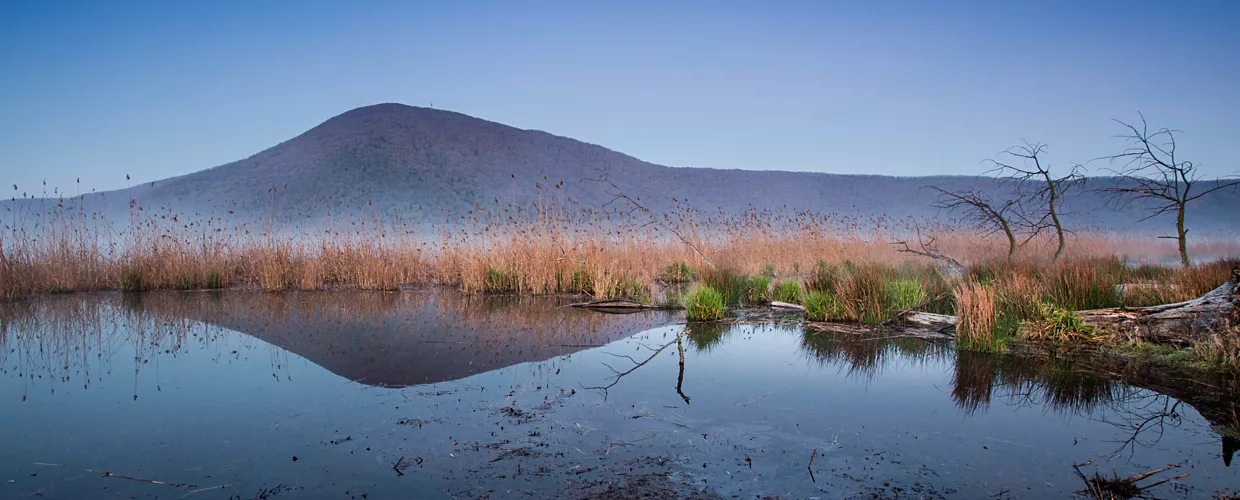This content was automatically translated. View the original text.


Overview
Like those of Bolsena, Bracciano and the Castelli Romani, Lake Vico is also of volcanic origin, but in this case the waters are surrounded by secluded green shores. The elevation is about 500 metres above sea level over an area of 12 square kilometres with a perimeter of about 18 kilometres, much less than in ancient times when the waters surrounded the Monte Venere which today rises some distance from the northern shore. Its waters, which the authorities claim are safe for swimming, can reach a depth of 45 metres and are home to pike, perch and whitefish. The fauna includes martens, foxes, weasels and wildcats as well as badgers and porcupines, and waterfowl such as the great crested grebe. Among the flora are some fifteen species of wild orchids.
The Vico basin lies on the slopes of Monti Cimini with their hazel groves and forests of oak, chestnut and beech trees, up to the almost 1,000-metre altitude of Monte Fogliano. The entire area has been protected since 1982 under the name of Lake Vico Nature Reserve: are more than four thousand hectares traversed by footpaths, yet still largely intact with no urban areas, few well-equipped lidos and a single small tourist area on the southern shore, between scattered traces of remote settlement since the Palaeolithic period.
The main settlement for Lake Vico is Caprarola, which until the early 1500s when the Farnese dynasty bought it from Pope Julius II, was simply a village. Today it is cited in all architectural history textbooks for the originality of the Palazzo Farnese curated in the second half of that century by Jacopo Barozzi known as the Vignola.
Lago di Vico, Provincia di Viterbo, Italia